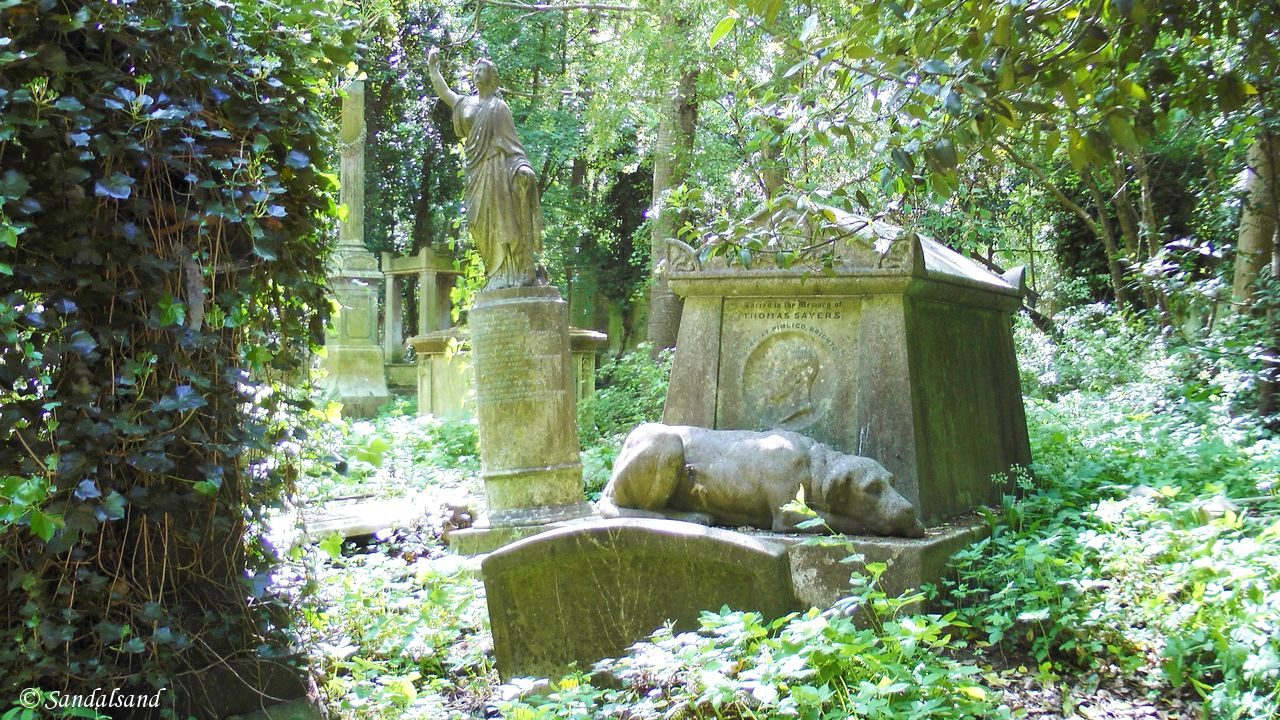What happens after death? We will have a look at cemeteries as final resting places. All religions and cultures have rites in dealing with death and human remains. This article explores not the rites but sites related to the last resting place of human beings.
This turns out to be a very fascinating aspect of the subject I have been exploring in a series of blog posts; religious buildings. The case is that there are important variations, in terms of world cultures and religions, past and present. If you want to delve into religions, check out this Wikipedia article.
Eastern religions
The large and old religions of East and South Asia; Hinduism, Buddhism, and Sikhism have funerals but do not all have particularly assigned final resting places. Indeed these religions practice cremation and the dispersal of the ash into a river or the sea.
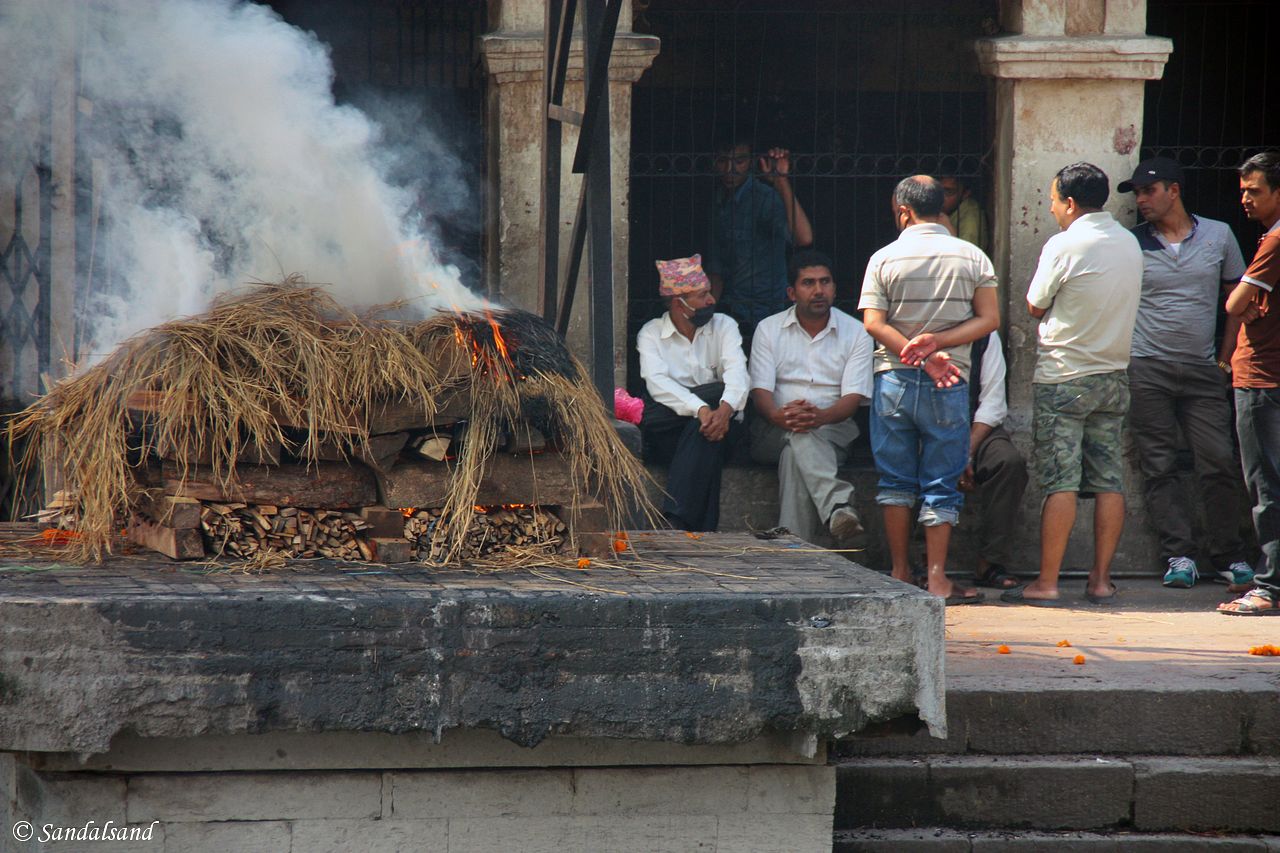
In Buddhism however burial is not at all uncommon, and depends on local traditions as well as the wish of the deceased and the next-of-kins.
We do find a practice of columbariums (urns) in Japanese and Chinese Buddhist temples and in both countries they do have cemeteries as well. Another Buddhist practice is the one pictured and explained below.
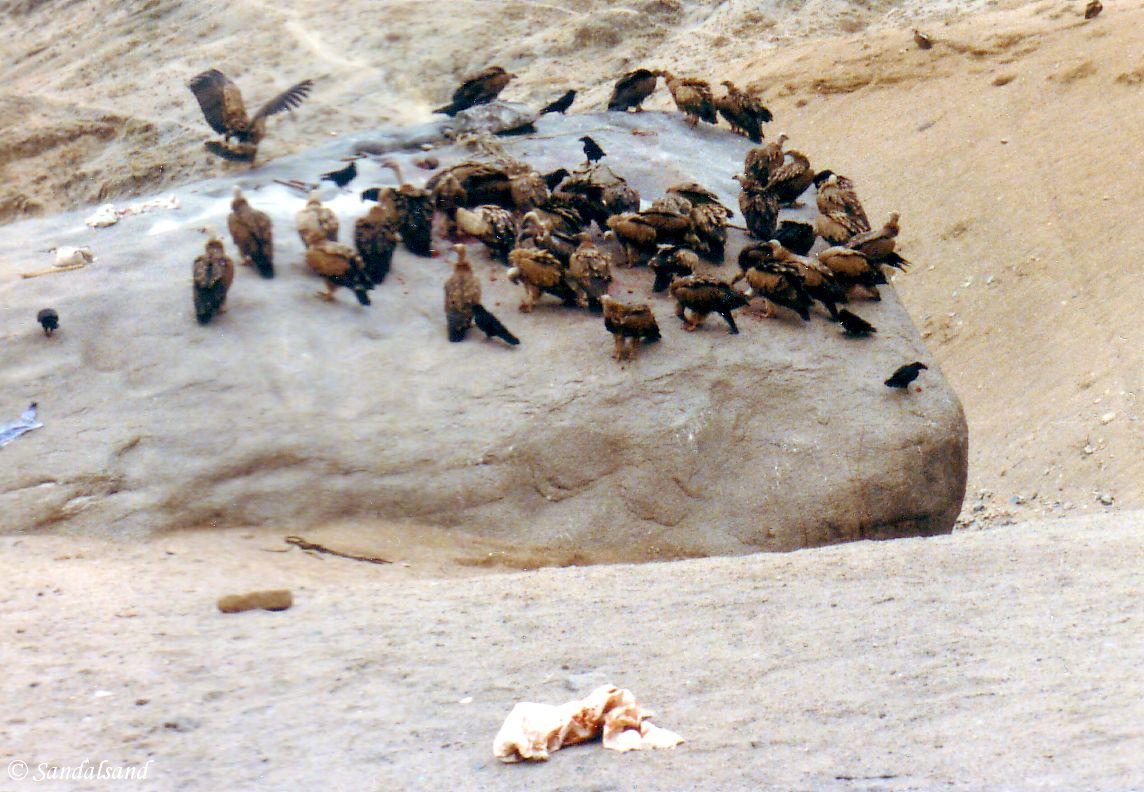
Tibetan Buddhists have traditionally practised a very special kind of burial. The picture above is from a celestial burial site, outside Lhasa. This term connotes the ancient Tibetan way of saying good-bye to their dead. The dead person is not buried but is literally elevated. The key is the birds: They eat the body remains and fly up in the air thereby coming a step closer to Heaven. This custom also has a practical reason; wood is a scarce resource in Tibet. Read from my visit.
The Abrahamic religions
Jews, Muslims and Christians all practice ground burial but differs when it comes to cremations. Cremation is accepted and widespread among Christians, whereas this is forbidden for Jews and under Islamic religious law (sharia).
Islam differs from Christianity in another aspect as well. Graves are not extravagant with perhaps only a small stone to show the location of the grave to the family.
Large Christian cemeteries with family mausoleums and grand tombs
Christian cemeteries contain in the Catholic and Anglican traditions elaborate tomb monuments. Affluent people have seen it important to leave a legacy in the shape of a personal or family mausoleum.
The largest cemeteries are often, in all their splendour, very peaceful places to visit. These large Christian cemeteries often have columbariums, urns with a deceased person’s cremated remains. They have covered shelves into which families place the urns containing the ash of the cremated body.
I have been privileged to visit quite of few of them, including Paris, Cuba and London:
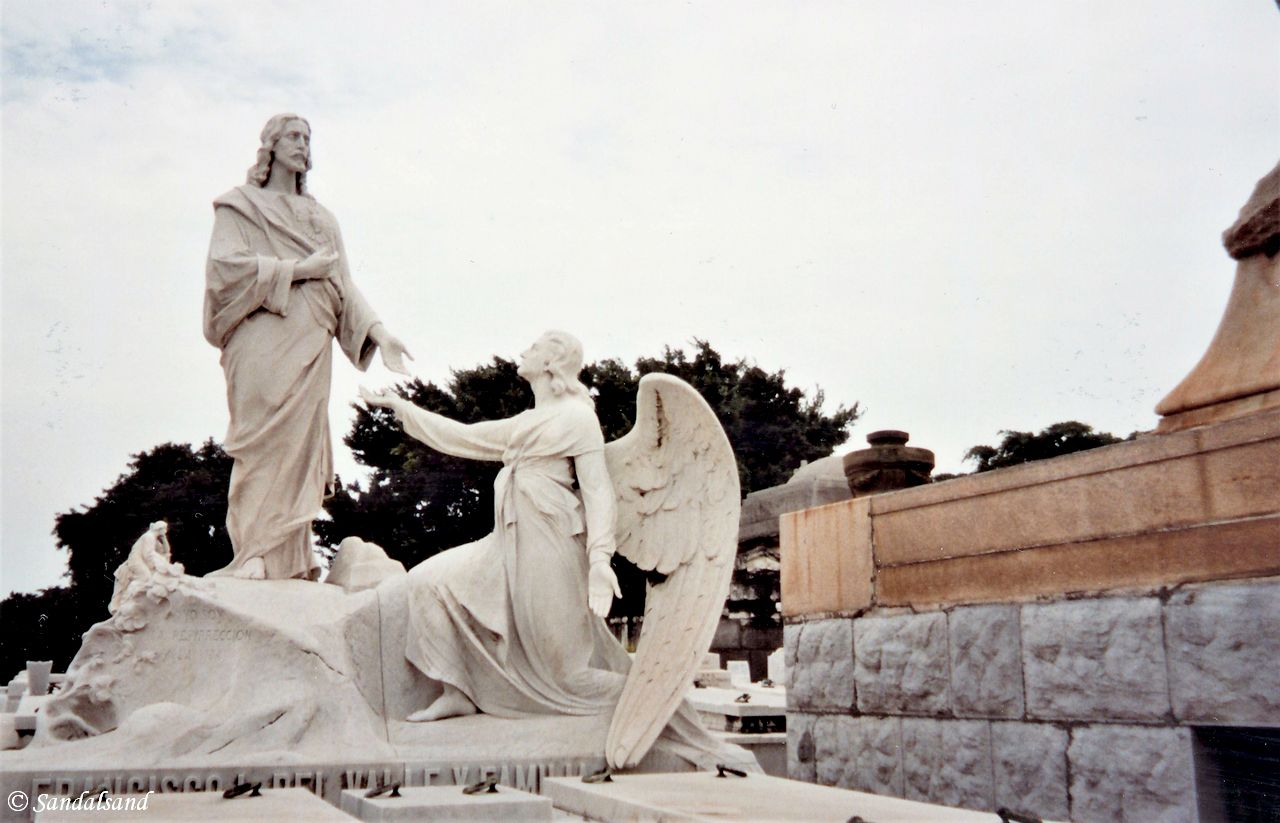
Video from Highgate Cemetery in London
Small, modest cemeteries
In the Christian Protestant tradition, the extravagant cemeteries are not common. Varhaug Old Cemetery, Norway, is a tranquil small Lutheran cemetery by the North Sea.
One may view the Jewish cemetery in Krakow in a special light due to the WW2 ghetto. The overcrowded Jewish cemetery in Prague is important as well and even more spectacular in the eyes of a visitor.
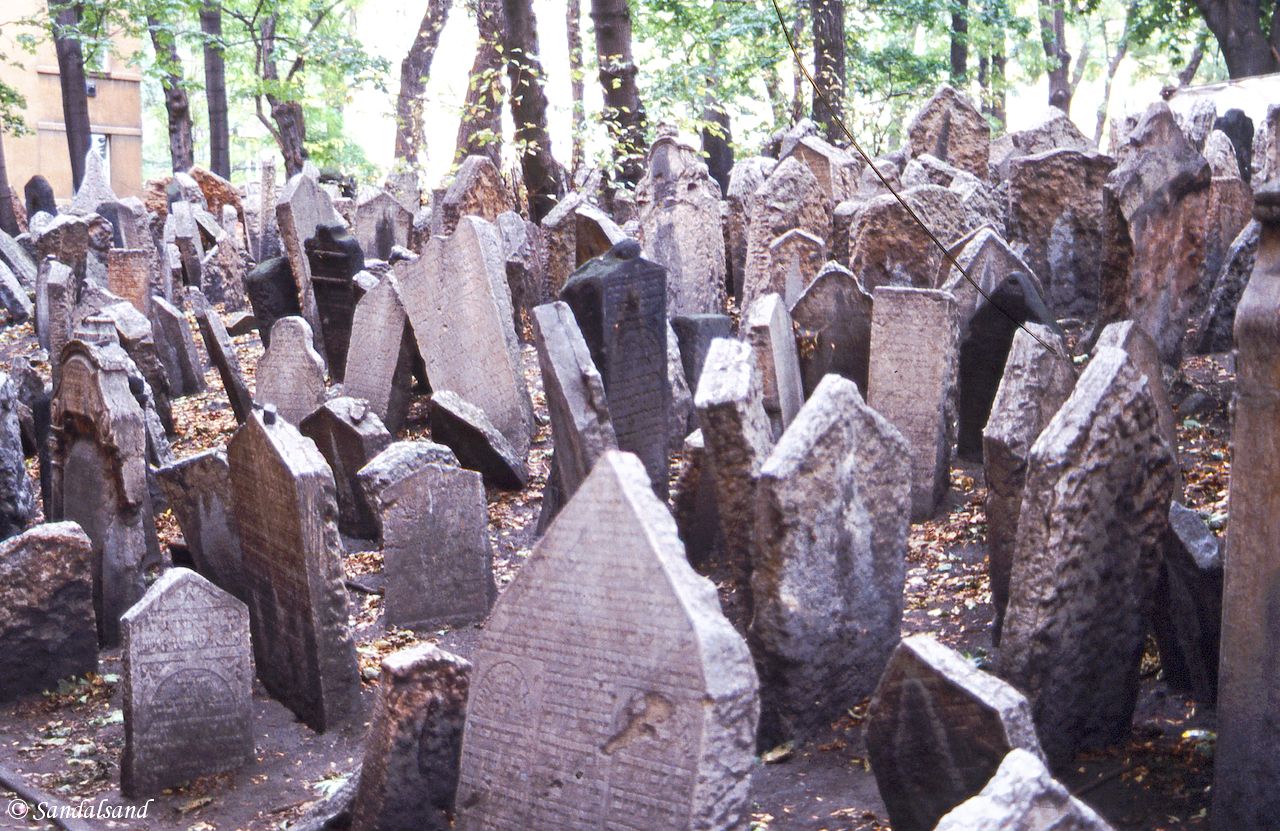
In Sagada, the Philippines there are a number of caves. Inside and outside of the Lumiang Cave coffins used to be hanged on the cliff-face or stacked inside the cave, like on this picture.

Graves from prehistoric times
Man may always have practiced some kind of rituals. In prehistoric times, meaning the periods of time we have no written accounts from, there are many last resting places to be found inside caves, or in specially built burial mounds.
In Norway there are hundreds of burial mounds scattered along the coast of Jæren. There is an abundance of boulders and pebbles used in mounds from the Bronze Age and Iron Age, roughly ranging between 1700 BC and 900 AD.
In Norway, quite possibly like in many other countries, the Vikings and their predecessors practised the ritual of burying the dead with a treasure chest of all things needed in the afterlife. A noble woman was in 834 AD buried inside a mound with her ship and a slave, animals, important treasures as well as utensils.
Outside of Puno on the Peruvian altiplano there are some very special grave chambers, called Chullpas. The silos of Sillustani are from before the Incas, perhaps as old as 500 AD. The towers contained entire families and was a way to bury people above ground. This is my last example of cemeteries as final resting places.
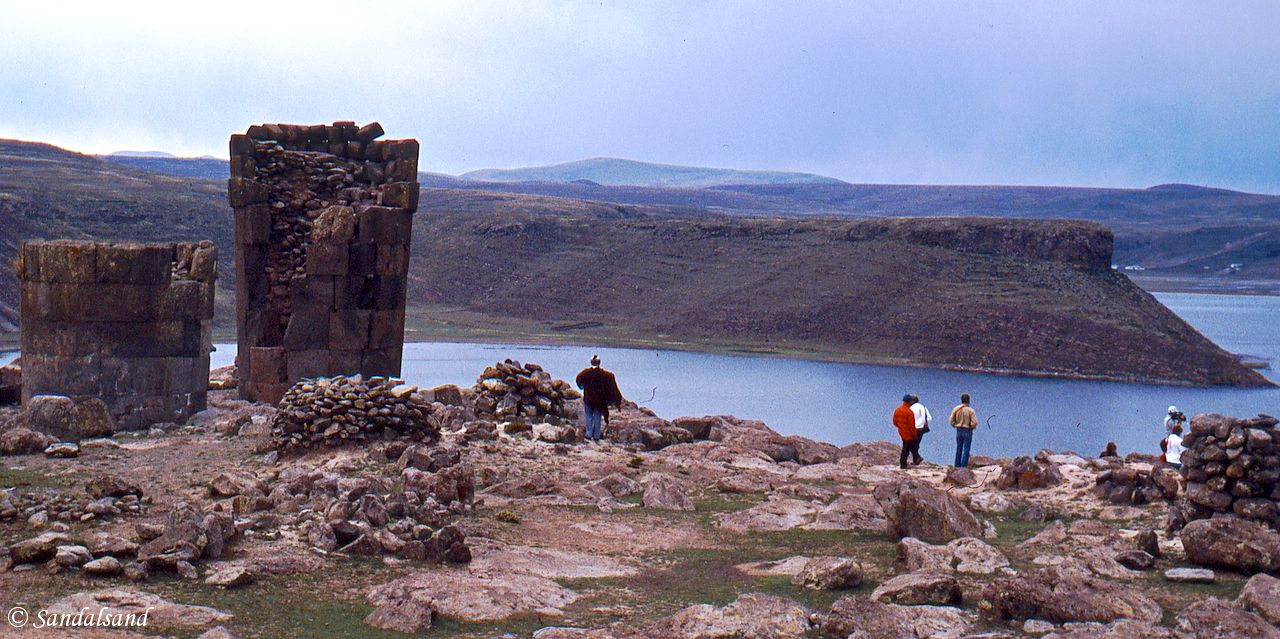
Read more
All chapters in this series about Religious Buildings.
(1) Introduction
I, Places of worship (chapters 2-6) Read the first
II, Monasteries and educational institutions (chapter 7) Read
III, Housing for the deity itself or its premier representatives (chapter 8) Read
IV, After death (this part)
(9) After death – Cemeteries as final resting places
(10) After death – Burial sites as World Heritage Sites
(11) After death – Taking care of human remains
(12) After death – Special memorials, with no identified dead persons

